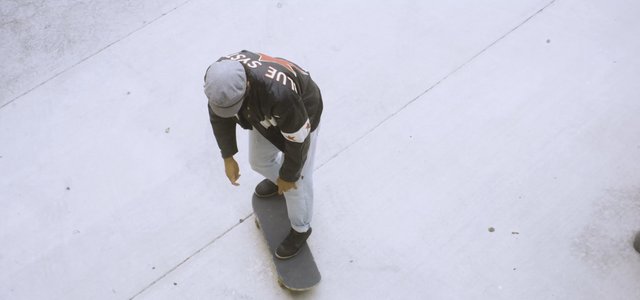This content originally appeared on Manuel Matuzović - Blog and was authored by Manuel Matuzović
Something I was tripping over when I began learning about :has() was the combination with :not().
Let me show you what I got wrong by using an example. Let's say we have two cards, each with a heading and some text. One of them also contains an image.
<div class="card">
<h2>Card with image</h2>
<img src="https://assets.codepen.io/144736/skateboard.jpg" alt="" />
<p>text</p>
</div>
<div class="card">
<h2>Card without image</h2>
<p>text</p>
</div>Card with image

text
Card without image
text
Now we want to add additional styling to cards without an image. If a card doesn't contain an image, we want to remove the margin on the heading and change the border-style.
.card:has(:not(img)) {
border-style: dotted;
}
.card:has(:not(img)) h2 {
margin-top: 0;
}Card with image

text
Card without image
text
The styles apply to both cards, no matter whether an image is present. That's because .card:has(:not(img)) means “select a .card that has any element that is not an image”. This means that the selector only wouldn't apply if the card only contained images.
<div class="card">
<img src="https://assets.codepen.io/144736/skateboard.jpg" alt="" />
</div>
If we switch :has() and :not() we're instructing the browser to do something completely different. .card:not(:has(img)) means “select a .card doesn't have (not has) an image”, and that's exactly what we want in this case.
.card:not(:has(img)) {
border-style: dotted;
}
.card:not(:has(img)) h2 {
margin-top: 0;
}Card with image

text
Card without image
text
My blog doesn't support comments yet, but you can reply via blog@matuzo.at.
This content originally appeared on Manuel Matuzović - Blog and was authored by Manuel Matuzović
Manuel Matuzović | Sciencx (2022-12-02T00:00:00+00:00) Day 50: :has(:not()) vs. :not(:has()). Retrieved from https://www.scien.cx/2022/12/02/day-50-hasnot-vs-nothas-2/
Please log in to upload a file.
There are no updates yet.
Click the Upload button above to add an update.
